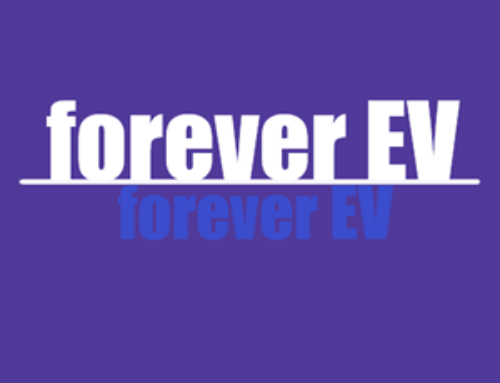LFP, the abbreviation of Lithium Iron Phosphate, is one of the major active materials for EV and ESS batteries. It is gaining traction dramatically by the choice of battery technologies.
Overseas, two of the world’s largest automakers, Toyota Motor (7203.T) and Hyundai Motor (005380.KS), have both announced plans in the past week to equip their future vehicles with LFP batteries, but have not disclosed plans for the U.S.
LFP, embraced by EV industry leader Tesla (TSLA.O) two years ago, has sparked new interest, especially in the U.S., where a clutch of domestic and overseas manufacturers has pledged more than $11 billion in new production facilities.
More than 90% of LFP materials and components still come from China, said battery expert Shirley Meng, a University of Chicago professor and head of Argonne National Laboratory’s Collaborative Center for Energy Storage Science.
How to get an environmentally friendly battery in a healthy workshop is another issue for cell makers and investors.
Solvent and Fluorine are always not good for operators’ health. NMP-free and PFAS-free should be the right pursuit for the industry. Fortunately, more and more scientists and industrial experts had worked out the products.
BATTBOND 310F is one polymeric binder featuring NMP-free and PFAS-free. What is more important, it is generating a very low impedance.
The aqueous manufacturing process technologies will help cell makers and stakeholders gain not only economic profit but also a long-lasting reputation!

